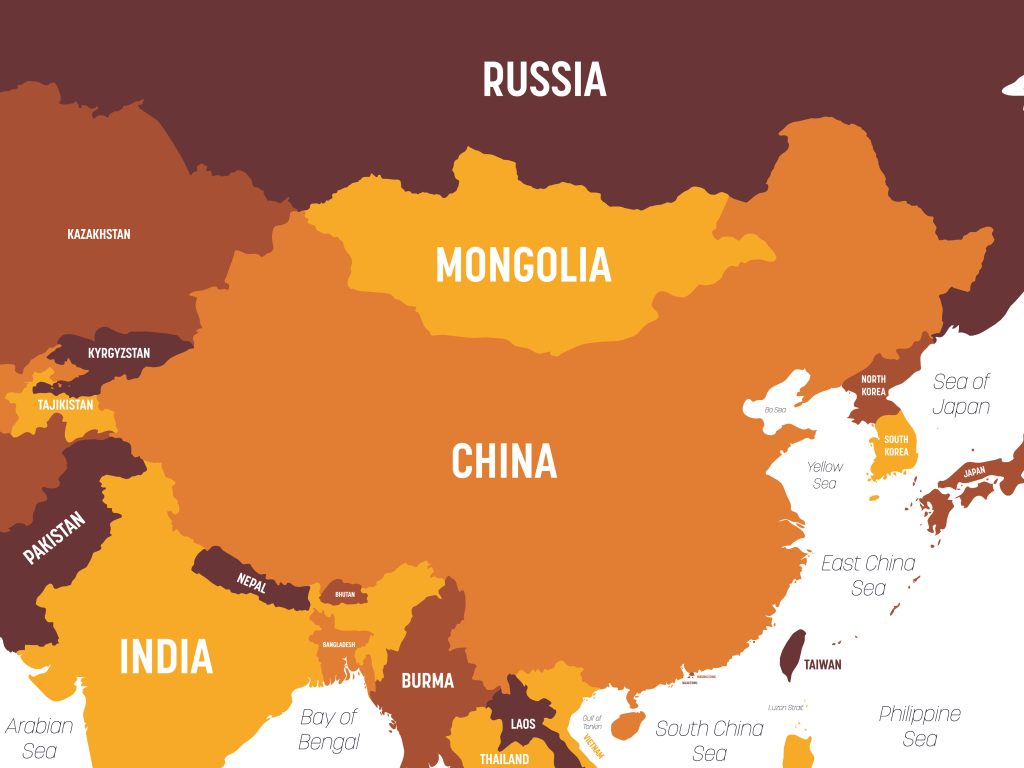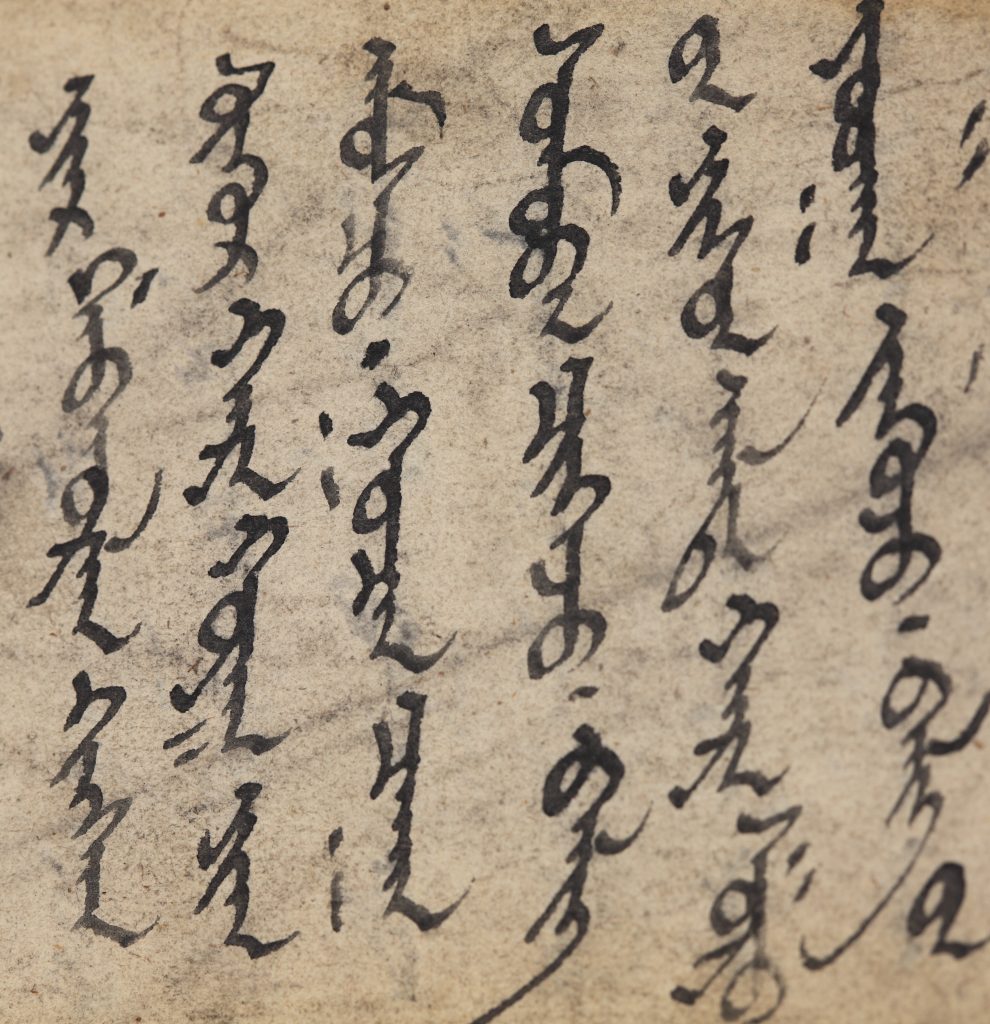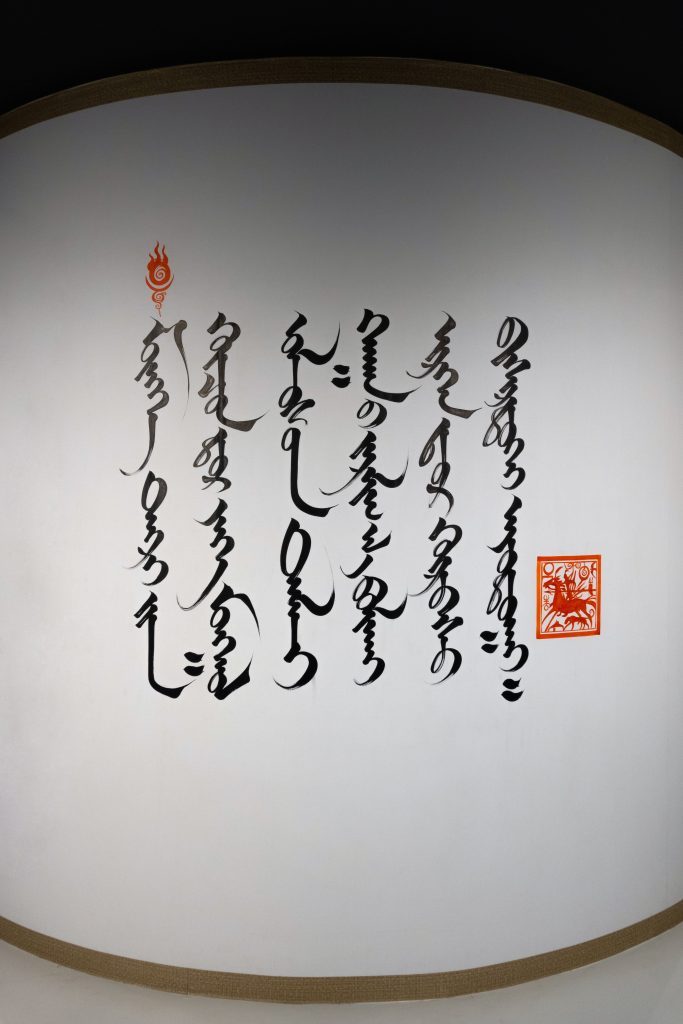
Mongolia is a place we all know to have a rich history, from being a largely nomadic people to having one of the most known empires in the world. Their empire lasted until the 17th century when they fell under the rule of Manchus of the Qing Dynasty. When that dynasty fell Mongolia was able to declare a state of independence with the help of the Soviet Union in 1921. However, they remained an independent satellite of the USSR until its collapse. At this point, Mongolia created their own constitution and transferred to a democratic government officially in 1992. The Mongolian language is spoken by about 7 million people in Mongolia where it is the official language, as well as in China, Russia, and Afghanistan. This ancient language is part of the Altaic language family and has various dialects, with the Khalkha dialect as the standard version taught in schools and to foreign learners of the language due to its prominence in the capital city of Ulaanbaatar. Some regard the other dialects to be other languages entirely, or just varieties of Khalkha Mongolian.
In 1208, Gengis Khan captured an Uyghur scribe, Tatar-Tonga, who adapted the Old Uyghur alphabet to write Mongolian. However, that script was not great for writing Mongolian, so Kublai Khan asked a Tibetan Monk to write a new script for the language. Based on the Tibetan script, the monk came up with what is called the Mongolian new script. But that alphabet did not catch or become widely used. After the Yuan dynasty fell, it was only used to provide a phonetic reference of Mongolian in Chinese texts. Since then, more figures in history have created or modified Mongolian alphabets in an effort to capture the sounds of the language as well as lend toward other languages such as Sanskrit, Mandarin, and Tibetan. In recent years, Mongolian has continued to use various alphabet scripts, including Latin for only a few months in 1941 when the Mongolian government abolished the traditional script, and then Cyrillic after that. Starting in 1994, there have been efforts of re-introducing the traditional Mongolian script. While some schools teach it, it is mostly used as a decorative piece or medium in calligraphy, art, designs, and other artistic expressions. However, most Mongol people today are literate in the Cyrillic alphabet, and even still use the Latin alphabet online for convenience. The traditional Mongolian script is read from left to right, top to bottom.

Evolving from Middle Mongolian, modern Mongolian has a sentence structure of subject – object – verb, seven or nine cases, and is an agglutinative language that mostly relies on suffixes. Luckily, the nouns do not have gender and the language does not have words for definite articles such as “the”. Some scholars argue that Mongolian only has the following seven cases: nominative, accusative, genitive, dative, ablative, instrumental, and comitative, while others argue that privative and directive should be included as two more cases. The language also has three vowel harmony groups and a complex syllabic structure which includes “heavy syllables”. Verbs are marked for one of five total voices, tense, aspect, and evidentiality. Mongolian retains 95% of its original language, but does have loanwords/coined words from Sanskrit, Chinese, Persian, Russian, and English.
Slow moving, yet persistent efforts continue to push for literacy of the original Mongolian script through literatures such as the “Epic of Jangar”, a prominent use and tool of promotion for Mongolian language and culture. There was a conference on “The Epic of Jangar” this past November at the National Museum of Mongolia where many scholars gathered to celebrate 105th anniversary of the birth of a prominent scholar of oral literature and researcher of Mongolian epics, folk songs, and traditional Jangar studies, U. Zagdsuren.
Click here to read more about the conference and Jangar studies: https://montsame.mn/en/read/355679
Listen to the language here:
Read more about Mongolian here:
“Explore All Countries – Mongolia.” Central Intelligence Agency, Central Intelligence Agency, 20 Dec. 2024, www.cia.gov/the-world-factbook/countries/mongolia/.
“Mongolian (ᠮᠣᠩᠭᠣᠯᠬᠡᠯᠡ / Монгол).” Mongolian Alphabets, Pronunciation and Language, 14 Apr. 2024, www.omniglot.com/writing/mongolian.htm.
“Mongolian Language.” Wikipedia, Wikimedia Foundation, 25 Dec. 2024, en.wikipedia.org/wiki/Mongolian_language.

